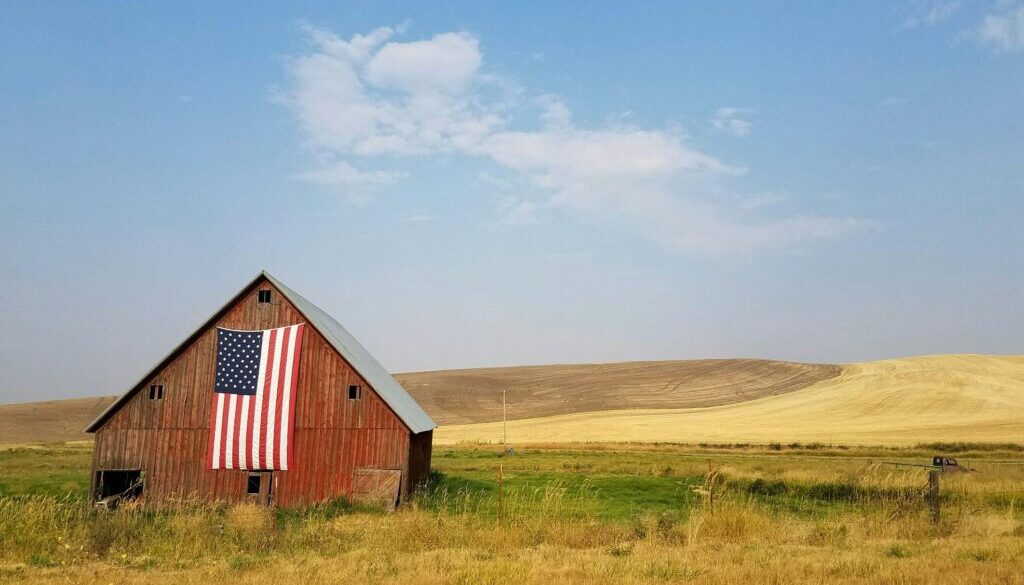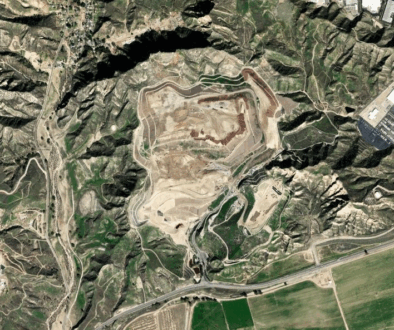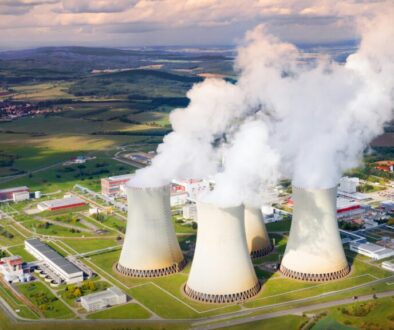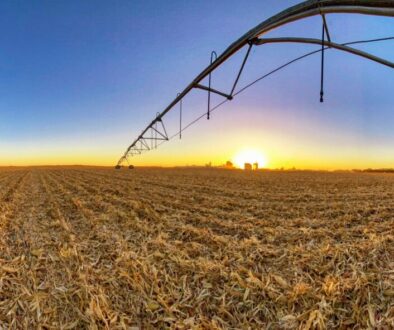The role of farming in the exodus of rural America

(This column first appeared in the Ecdysis Foundation newsletter.)
By Dr. Ryan Schmid
In our race to “feed the world”, farmers and ranchers have been pressed into a system that manufactures food for a growing global population. Farmers have met these challenges head-on, producing an abundance of crops and meat; however, our production of abundance has not come without costs.
The small towns and local economies that epitomize America’s heartland have become a causality of this commodity agriculture system, where a farmer’s control of their own operation has been eroded. Consequently, succeeding generations see little to no opportunity on the family farm. As a result, rural America is disappearing.
How did this happen?
Between 1980 and 2010, 86% of rural counties in the Great Plains and 59% of rural counties in the Corn Belt saw population declines. Furthermore, more than half of all Great Plains’ counties lost population faster from 1980 to 2010 than the previous three decades, despite North America’s population increasing during this period.
Ironically, our abundant production of commodity foods has led to a shortage of quality job opportunities for people in rural America. As a result, over the last four decades agrarian families have encouraged their children to leave the farm either in search of a job elsewhere or formal education.
This scene has occurred with such regularity since the 1980s that it has actually skewed the age distribution of rural America’s heartland. Rural counties throughout this region have experienced a significant reduction of residents in their 20s, 30s, and 40s, relative to urban centers.
An aging population now remains to fill jobs in small towns across the Great Plains and Corn Belt. The average age of a US farmer is now 58.1 years old, with the number of farmers over 65 increasing by 12% in the most recent census of ag. Meanwhile, the next generation is not rushing to fill the shoes of retirement age farmers, with a decrease of 9% in the number of farmers age 35 – 64 from 2017 to 2022.
Many factors have conspired to push rural America in this direction; however, perhaps none were more influential than government policies beginning in the 1970s. Then Secretary of Agriculture, Earl Butz, championed policy which aligned with his personal agricultural philosophies of “Get big or get out” and “Farm fencerow to fencerow”.
Butz’ policies did make food accessible for more Americans; however, the new programs unintentionally degraded the very communities, people, and natural resources we all rely on to produce that food. The government has continued to enact policies that promote Butz’ philosophies into the 21st century. Pernicious policies, larger equipment, and the increasing ease of access to synthetic farm inputs have nudged farmers farther down the path of becoming larger and more simplified.
Over time, as farms consolidated, leading to fewer and larger farms in many rural areas, fewer customers are available to shop in stores on small-town main streets. The Great Plains and Midwest have experienced the greatest consolidation of farms over the last half century, causing their economic decline to be the most profound.
Additionally, as farms become larger, they often outgrow the ability of local small-town businesses to serve their needs, further compounding the decline in rural commerce. Consequently, people who remain in depopulating rural areas have access to a restricted range of goods and services that provide only the most basic needs for their citizens, e.g., convenience stores, gas stations, dollar stores, etc.
This results in a self-reinforcing cycle where declining rural populations lead to decreased economic vitality, which leads to higher per capita costs for local government services, e.g., law enforcement, infrastructure, and education, which leads to a continued exodus from rural America.
How do we rebuild our communities? What can be done to fix a system where external factors are increasingly pushing agriculture down a path that erodes communities by undercutting the capacity for young people to remain or return to small-town America?
One thing seems certain, we cannot expect the government to fix the problem, as it continues to enact policies that patch the crumbling system it helped create. So, if the government won’t do it, who will?
Farmers and ranchers are going to need to take on this problem for themselves. This is not without precedent, as farmers and ranchers originally created the agriculture economy that produced rural America. But this cannot be done by doubling-down on the current agricultural system that got us here. Instead, we require a fresh take, i.e., regenerative agriculture.
Producers adopting regenerative agriculture have demonstrated how this system has a positive, self-reinforcing effect on their farms and communities. Regenerative practices help farmers achieve greater sovereignty of their farms by cutting their dependence on industrial agriculture inputs and government subsidies.
Simultaneously, farmers have figured out they can replace these costly crutches with a much more resilient system through building relationships with both other regenerative farmers as well as with the animals and plants on their land.
These relationships (both farmer-to-farmer and nonhuman) help rebuild rural communities. Replacing our reliance on external inputs with farmer-to-farmer relationships literally builds community. Farmer-to-farmer relationships create a commerce amongst local farmers for needed supplies and labor, which circulates more dollars in rural economies. Adding to this, building our relationships with nonhuman entities (plants and animals) lowers production costs, which keeps more money in farmer’s pockets. The side benefit to improving nonhuman relationships is that it produces a healthier environment to live in and raise a family. Consequently, the relationship development that sprouts from the adoption of regenerative agriculture contributes significantly to both the economic and environmental vitality of rural America.
Regenerative agriculture provides farmers and ranchers a viable option to control the destiny of their operations and rebuild vibrant communities that resurrect small-town America.
Opinion columns published in The New Lede represent the views of the individual(s) authoring the columns and not necessarily the perspectives of TNL editors.
(Featured photo by specphotops on Unsplash.)
)



